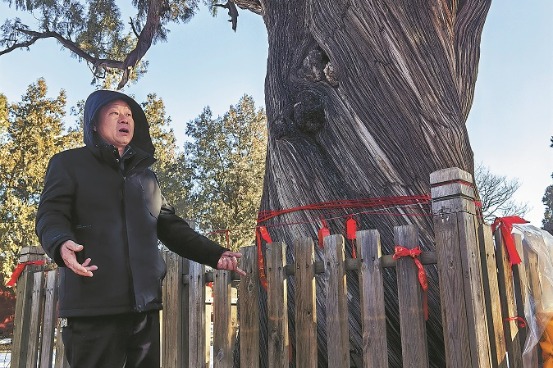Tibet seeks to balance nature, tourism


Visitors bring cash, but ecology more important, region's chairman says
The Tibet autonomous region will put environmental conservation ahead of tourism development, officials said at the Fourth China Tibet Tourism and Cultural Expo, which is scheduled to close on Tuesday.
The region's tourism industry has been developing quickly in recent years and has become a growth driver, Qizhala, chairman of the regional government, said during the expo. Tourism contributes at least 30 percent of Tibet's GDP, he said.
The number of tourists from home and abroad that Tibet receives annually is expected to reach 30 million, up from 10 million in 2012 and 20 million in 2015, he said.
Despite the breathtaking tourism boom, the regional government has always made the environment the bottom line, he said. It is working with experts specializing in the Qinghai-Tibet Plateau, and listening to their advice on balancing environmental protection with tourism. Efforts are being made to prevent "blind development and overdevelopment", he said.
The region also plans to reduce the number of tourists visiting some of its scenic spots close to glaciers, such as Mount Qomolangma. An upper limit of visits to Mount Qomolangma will be set and implemented in 2019, he said.
"We always need to keep in mind the bottom line of environmental protection," he said.
- China targets obesity reduction, rural health, TCM services by 2030
- Xi says China-Vietnam relations rooted in, sustained by and empowered by the people
- How Xi champions stronger China-Malaysia bond
- China and Malaysia -- friends who can rely on each other
- Neighborhood diplomacy takes center stage as Xi begins visit to Southeast Asia
- Highlights of Xi's remarks during his visit to Vietnam



































